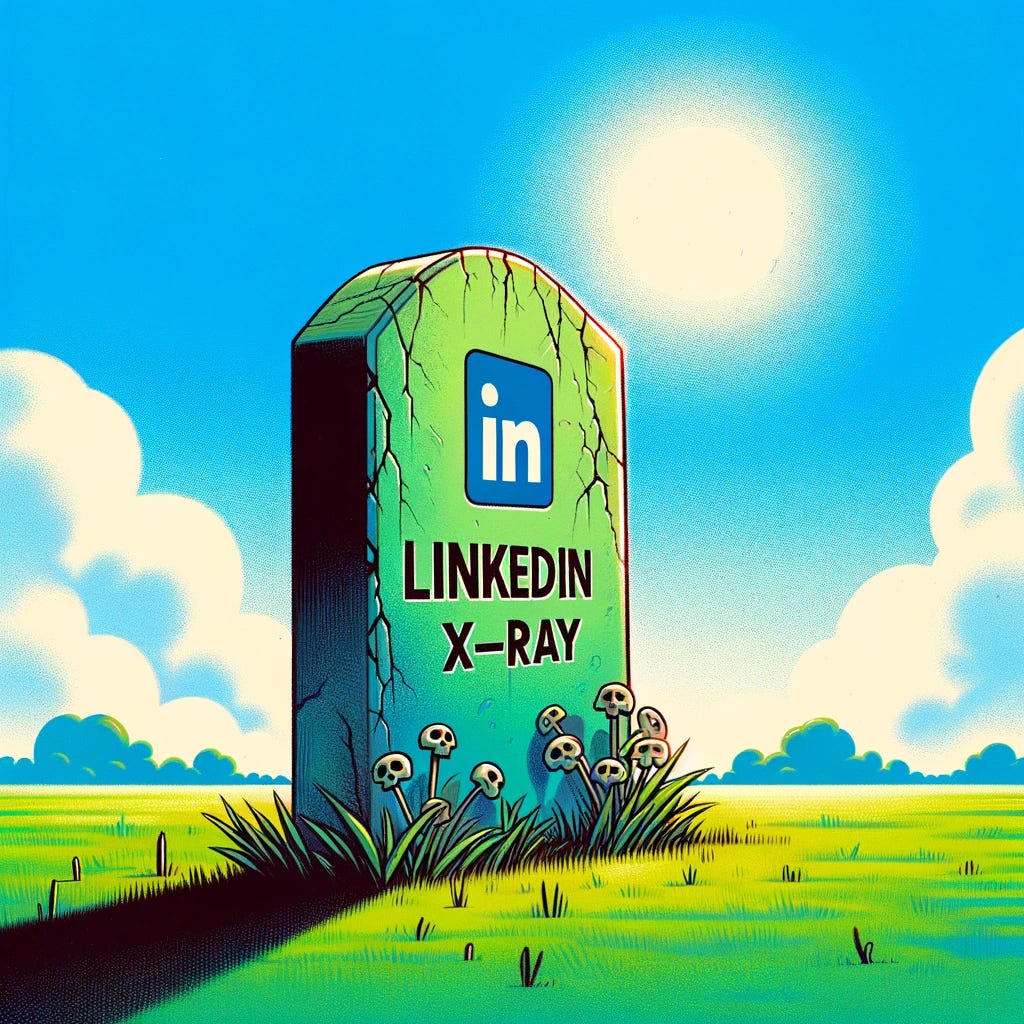Tools and tips round up: Goodbye Google cache and LinkedIn X-ray search
It's not all bad news! Learn how to investigate live streaming platforms, work with whistleblowers, and more.
LinkedIn X-ray search is what sourcing experts like Irina Shamaeva call the ability to use search engines to search for LinkedIn profiles using the “site:” operator. Here’s a basic example of an X-ray search to find people at ProPublica who might report on health:
site:linkedin.com/in “propublica” “health”


